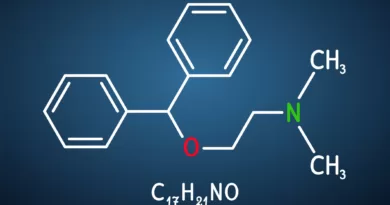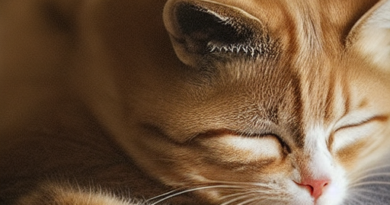Cystotomy in cats: The all Ins and Outs in 5 mints
A cystotomy in cats is a surgical procedure performed on cats to remove a bladder stone. This operation can be pretty complex, and you must understand its ins and outs before deciding to have your cat undergo this surgery. This blog post will discuss the basics of a cystostomy and what you can expect if your cat needs to have this surgery. We will also provide information on how to care for your cat following surgery. So, if you are considering having your cat’s bladder stones removed via Cystotomy, please keep reading.
What is a cystotomy in cats, and what are the benefits of the surgery?
A cystotomy is a surgical procedure in which an incision is made into a cat’s urinary bladder. This procedure is often performed to remove stones or blockages from the bladder. Cystotomy in cats can also be used to biopsy the bladder wall or to treat certain types of cancers. While this surgery carries some risks, it can be lifesaving for cats suffering from urinary obstruction.
In addition, cystotomies can help to prevent future urinary problems by removing stones or other potential blockages from the bladder. Overall, cystotomies are a safe and effective way to treat various urinary issues in cats.
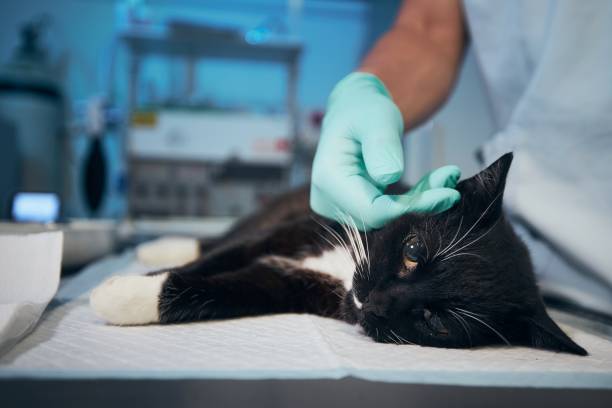
Symptoms of Cystotomy in Cats
Cystotomy symptoms in cats can account for anywhere between 8 and 16 percent of all feline veterinary visits each year. Cystitis, also commonly referred to as a UTI or bladder infection, is one of the most common feline urinary tract disorders diagnosed by veterinarians.
In addition to painful urination, common cystitis symptoms in cats can also include:
– Blood in the urine (hematuria)
– Cloudy urine
– Excessive urination (polyuria) or increased frequency of urination (pollakiuria)
– Straining to urinate (dysuria)
– Urinating outside the litter box
– Lethargy
– Loss of appetite (inappetence or anorexia)
If your cat displays any of these cystitis symptoms, it’s essential to take him or her to see a veterinarian for a diagnosis and treatment as soon as possible. Cystitis left untreated can lead to more severe problems, such as kidney damage or renal failure.
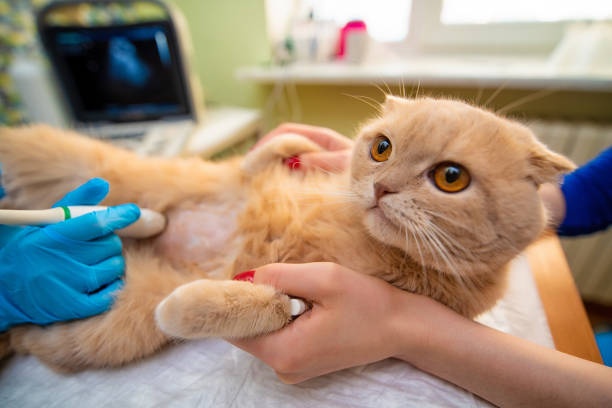
How is a Cystotomy in cats performed?
A cystotomy is a surgical procedure in which an incision is made into the bladder to access and repair it. In cats, this surgery is typically performed through a small incision in the abdomen. The first step is to locate the bladder, which can be done by palpation or using imaging techniques such as ultrasound.
Once the bladder has been located, a cystoscope (a long, thin tube with a camera at the end) is inserted into the incision and advanced into the bladder. The surgeon then uses the cystoscope to assess the damage and determine the best course of repair.
Depending on the extent of the damage, this may involve suturing tears or removing blockages. Once the repair is complete, the cystoscope is removed and the incision is closed. Cystotomies are fairly common surgeries in cats, and most patients recover well with proper postoperative care.
What are the risks associated with the surgery?
Cystotomy in cats is a surgical procedure to remove cysts from the bladder. It is a relatively common surgery in cats and is generally considered to be a safe and effective way to treat cysts. However, as with any surgery, there are certain risks associated with Cystotomy.
These include anesthesia risks, bleeding, infection, and small holes (fistulas) forming between the bladder and urethra. Overall, Cystotomy is considered to be a low-risk surgery, and most cats recover quickly and without complications.
How to care for your cat after they have had a cystotomy?
A cystotomy is a surgery that involves making an incision into the bladder in order to remove stones or tumors. While this surgery is generally considered safe, it’s essential to take care of your cat after the procedure to ensure a smooth recovery.
The first few days after surgery, your cat will likely be groggy and disoriented from the anesthesia. It’s essential to keep them quiet and calm during this time to prevent them from injuring themselves. Once they’re feeling more like themselves, you can start offering small amounts of food and water.
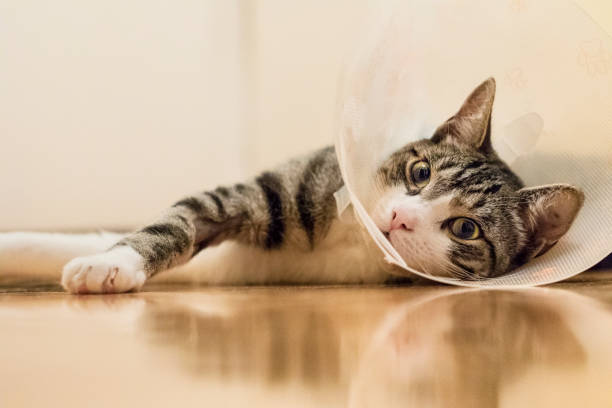
Gradually increase their food and water intake as they start to feel better. You should also continue to monitor them for any signs of infection, such as excessive licking at the incision site or whining when urinating. If you notice any of these signs, contact your veterinarian immediately. With proper care, most cats will make a full recovery from cystotomy surgery without any complications.
The average cost of having a cystotomy surgery performed on your cat?
The Cost of Cystotomy in cats depends on size and complications. The average cost of Cystotomy in cats is approximately $1,500 to $2,500.In some cases, additional treatment may be required, such as Chemotherapy or radiation therapy.



